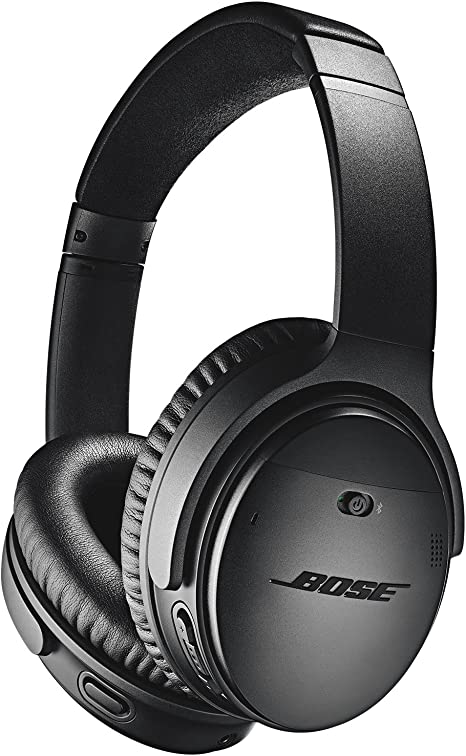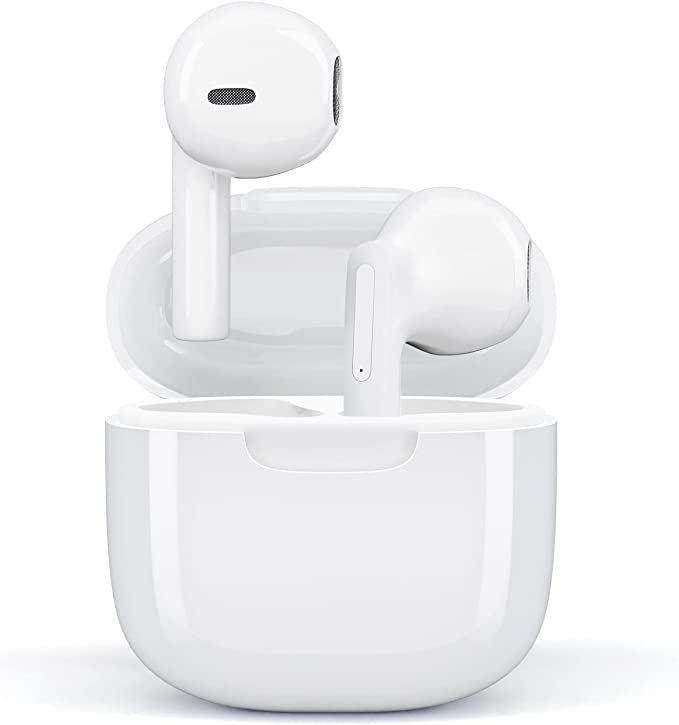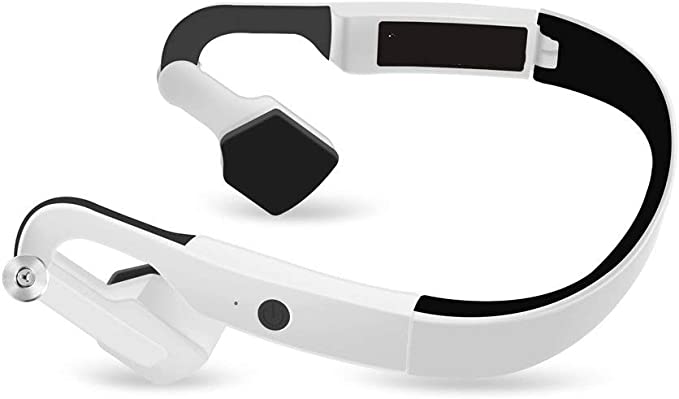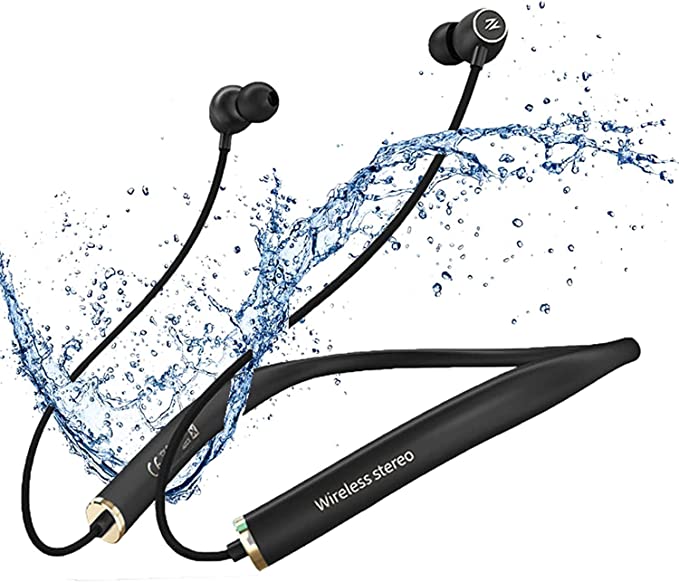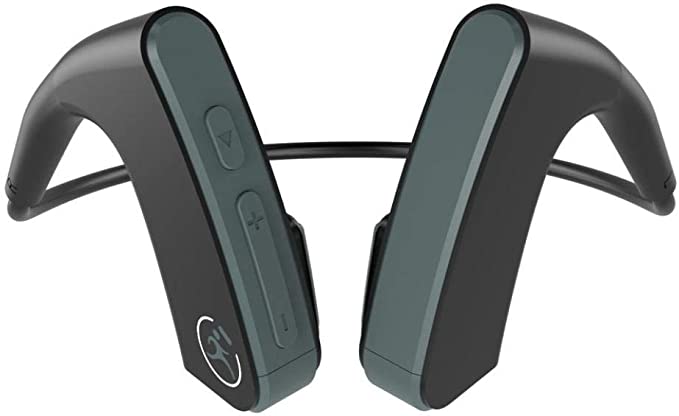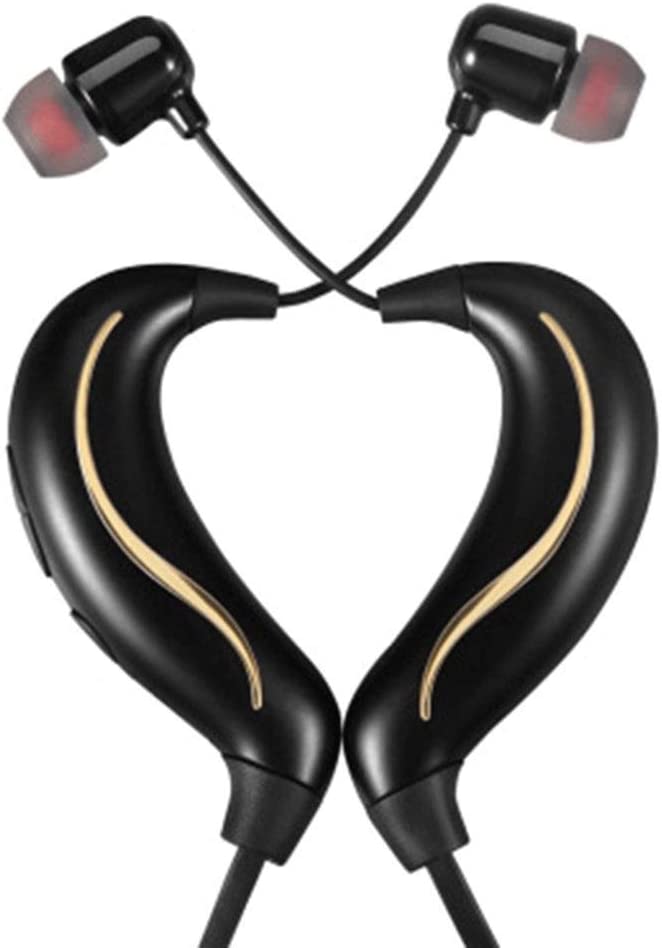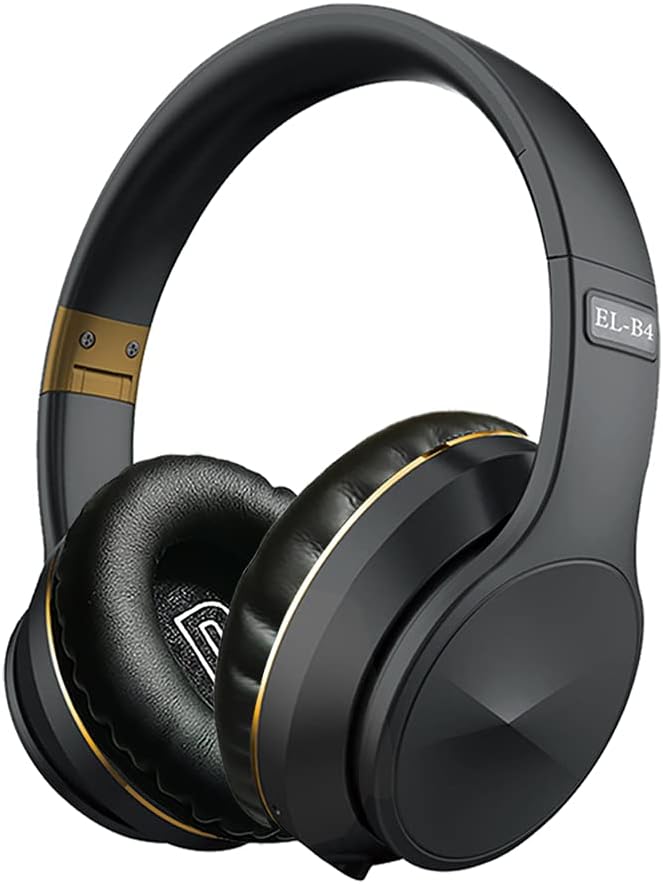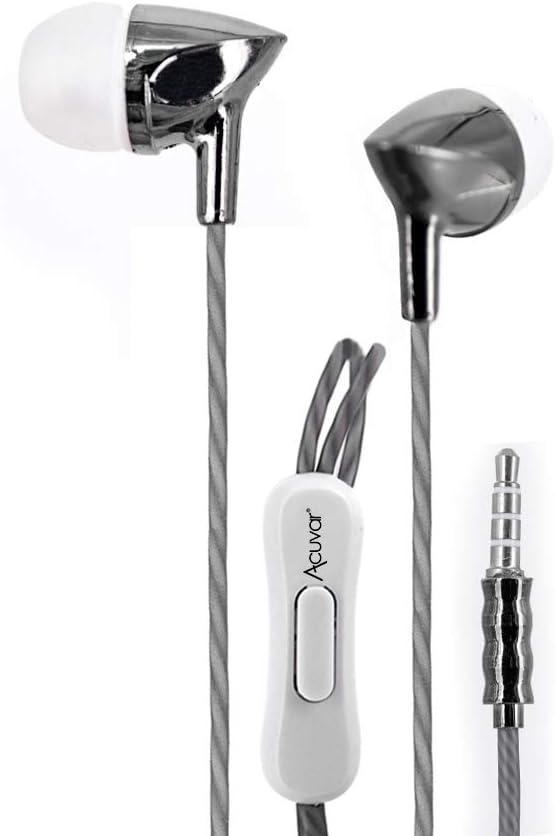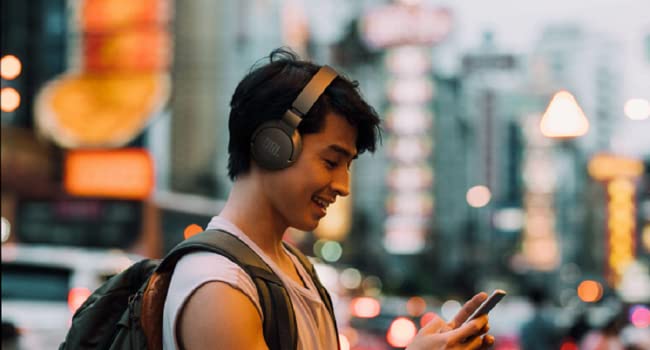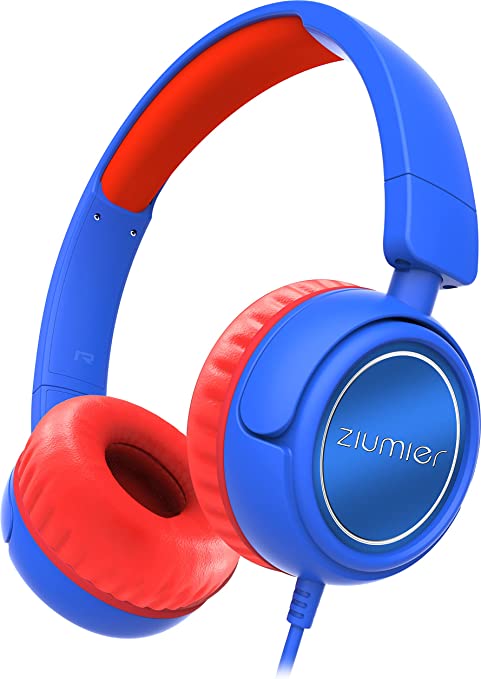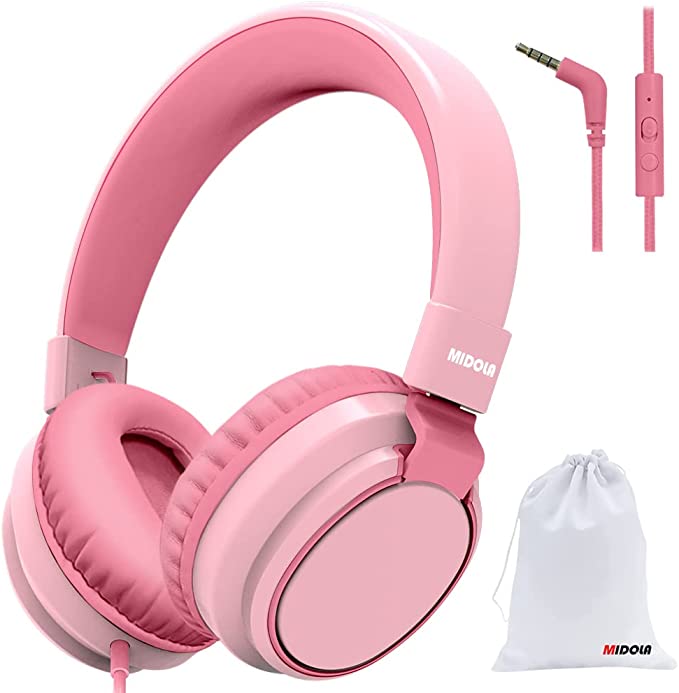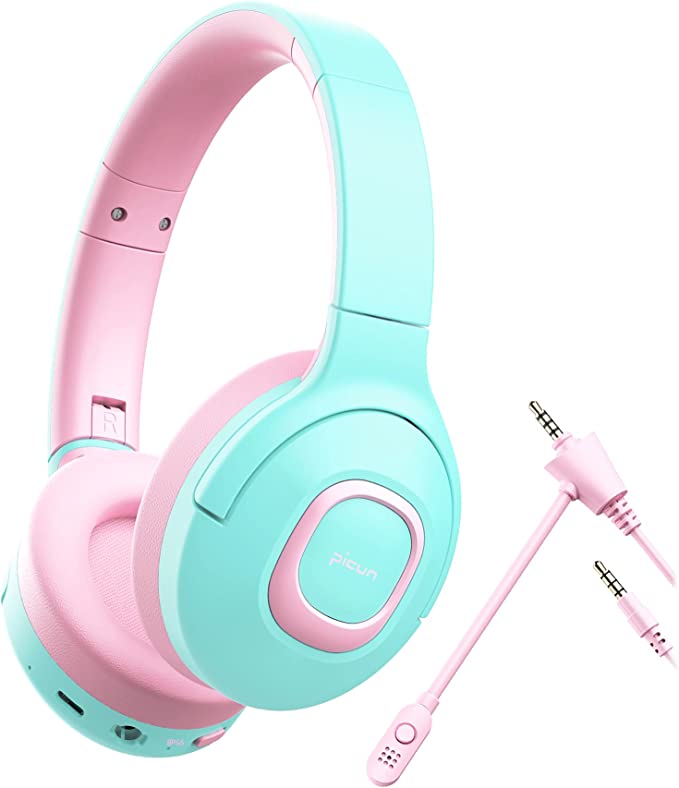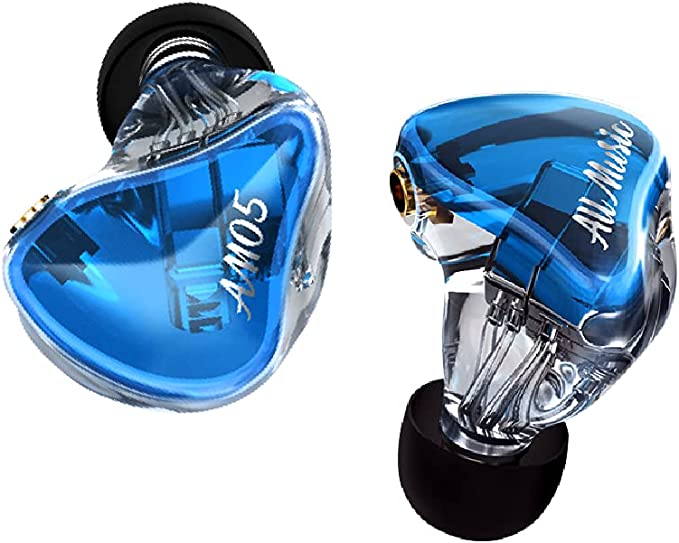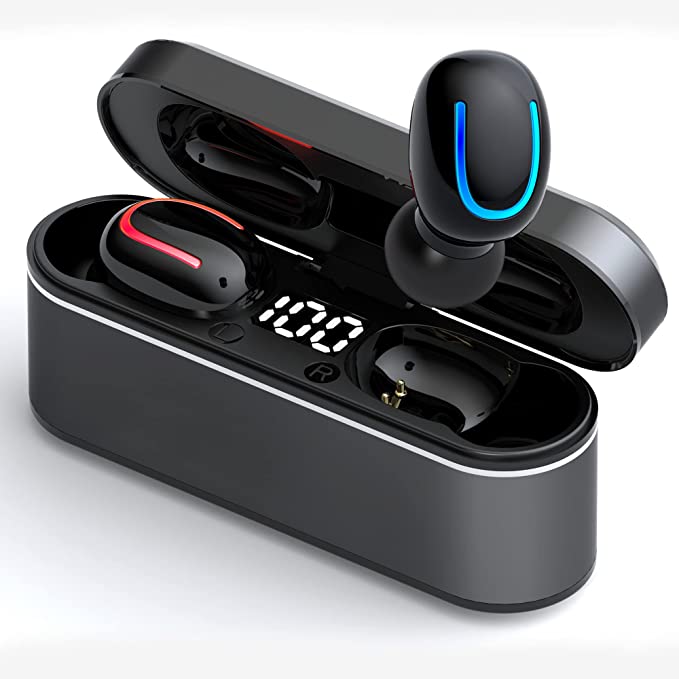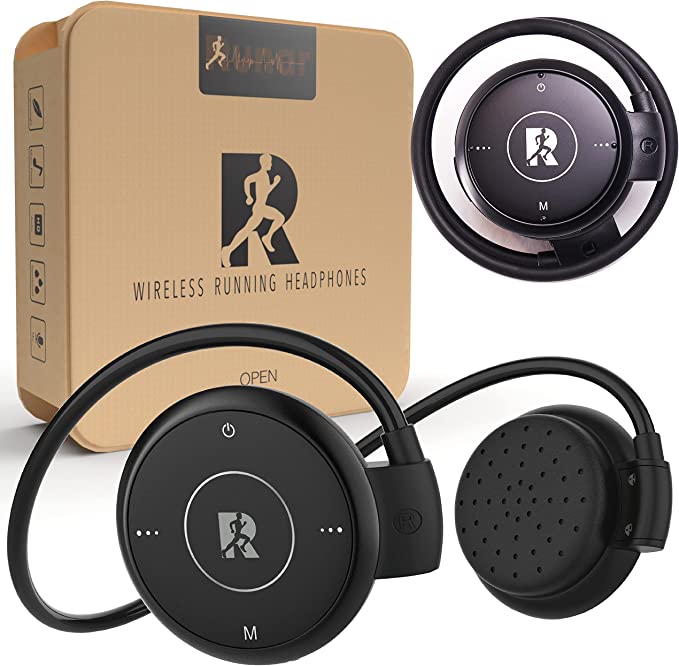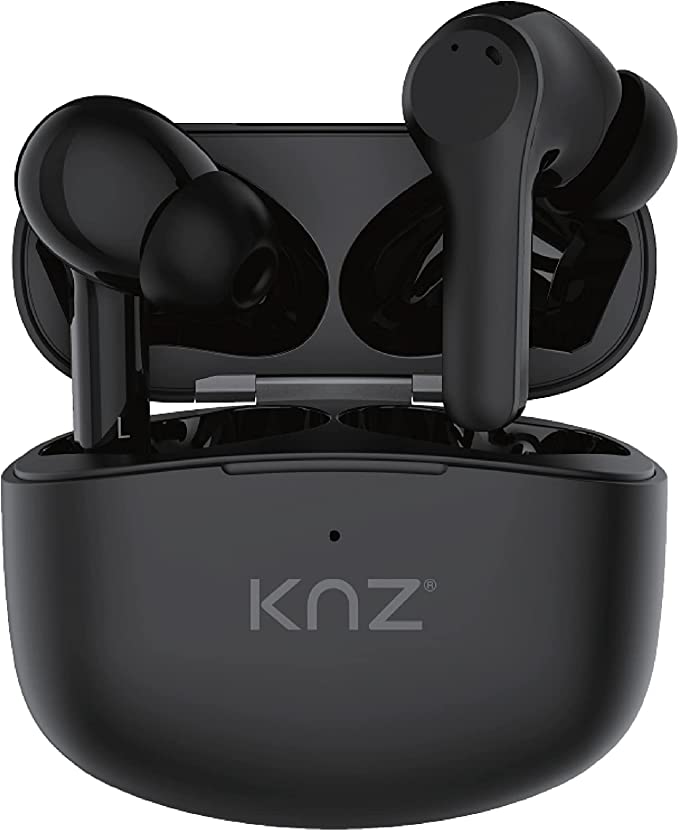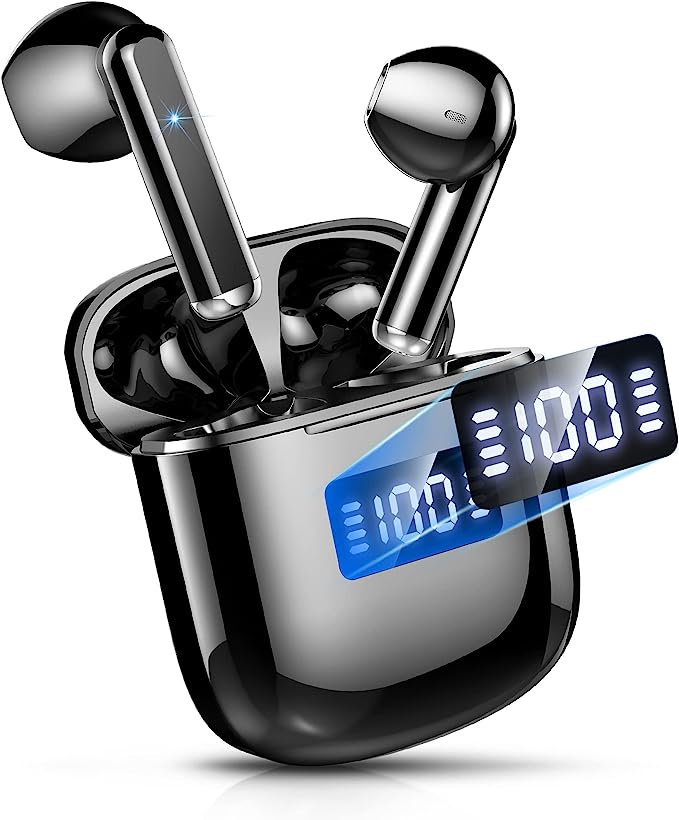Altec Lansing MZX4500: Safe Sound, Powerful Focus for Kids
Update on Sept. 23, 2025, 9:14 a.m.
A child sits in the back of a car, the landscape blurring past the window. The drone of the highway, the low rumble of the tires on pavement, the wind whipping by—it’s a cacophony of modern travel. Yet, the child is serene, a pair of headphones cupping their ears, a gentle smile on their face as they listen to a story or a song. They are in their own world, a sanctuary of sound.
As parents, we provide these tools with the best of intentions: to entertain, to educate, to offer a moment of peace in a loud world. But this quiet act of care hides a profound question. In shielding them from one kind of noise, are we inadvertently exposing them to another, more insidious danger? Are we handing them a sanctuary, or a source of silent, irreversible damage?
We are living in the midst of an unheard epidemic. It doesn’t arrive with a fever or a cough, but with a gradual, imperceptible fading of one of life’s richest senses. It’s noise-induced hearing loss, and it’s affecting children at an alarming rate. The World Health Organization estimates that over a billion young people are at risk of permanent hearing loss from unsafe listening practices. The cause isn’t just rock concerts and construction sites; it’s the cumulative exposure from the everyday devices we place in their hands and over their ears.
To understand how to protect them, we must first understand the breathtakingly delicate miracle tucked away inside our heads.

The Fragile Symphony of the Inner Ear
Hearing is not a simple mechanical act; it’s a biological masterpiece. When sound waves enter the ear, they are channeled to the eardrum and then, via a series of tiny, vibrating bones, to the cochlea—a spiral-shaped, fluid-filled chamber in the inner ear.
Think of the cochlea as a microscopic grand piano. It’s lined with around 16,000 exquisitely sensitive “hair cells,” each one tuned to a specific frequency, a specific note in the symphony of sound. When a vibration arrives, the corresponding hair cells bend, converting the physical movement into an electrical signal that is sent to the brain. This is the moment sound becomes meaning.
Here is the crucial, terrifying truth: you are born with all the hair cells you will ever have. They do not regenerate. When they are damaged by excessive noise, they die. And when a hair cell dies, its corresponding note is silenced forever. This isn’t like a broken bone that mends or a cut that heals. It’s a permanent loss. At first, it might be the inability to distinguish the “s” from the “f” sound in a conversation, then a struggle to hear against background noise, a gradual turning up of the volume on life itself.

The Decibel Diet: A Sonic Budget for Life
So, what constitutes “excessive noise”? The scientific community has a clear answer, and it’s a number every parent should know: 85 decibels (dB).
Organizations like the WHO and the U.S. National Institute for Occupational Safety and Health (NIOSH) have identified 85 dB as the approximate threshold where prolonged exposure can begin to cause permanent damage. A busy city street or a noisy restaurant can easily reach this level.
The danger lies in the deceptive nature of the decibel scale. It’s a logarithmic scale, meaning its power grows exponentially. An increase of just 10 dB represents a tenfold increase in sound intensity. A 95 dB sound isn’t just a little louder than an 85 dB one; it carries ten times the acoustic energy. The roar of a subway train at 100 dB is not 15% more intense than that 85 dB street corner; it is 32 times more intense.
This is why we must think of hearing health in terms of a “sonic budget.” According to NIOSH, a full eight-hour exposure to 85 dB uses up 100% of your safe daily dose. At 88 dB, that safe exposure time is cut in half to four hours. At 100 dB, it’s just 15 minutes. Children, with their smaller, still-developing ear canals, are even more susceptible. Every time they turn up the volume to drown out the world, they are spending that precious, finite budget at a terrifying rate.

The Surprising Physics of Creating Quiet
The obvious solution—simply turning the volume down—often fails in practice. A child on a rumbling airplane or a rattling bus can’t hear their audiobook at a low volume. Their instinctive, logical response is to crank it up, initiating an arms race between their device and the world around them.
This is where a remarkable piece of physics, born from an entirely different need, comes to the rescue: Active Noise Cancellation (ANC).
The technology’s history is telling. Its foundational patent was filed in the 1930s, but it was truly developed in the 1950s and later commercialized by Bose in the 1980s for a very specific customer: pilots. The relentless, low-frequency drone of an airplane engine was not just annoying; it was a major cause of fatigue and long-term hearing damage for aviators. They needed a way to fight noise itself.
ANC works on a beautifully elegant principle: destructive interference. Think of dropping two pebbles into a still pond. Where the peak of one ripple meets the trough of another, the water flattens out. They cancel each other. ANC does the same with sound waves.
A tiny microphone on the outside of the headphone listens to the ambient noise. An internal chip analyzes this sound wave and instantly generates an exact mirror image of it—an “anti-noise” wave. When the original noise and the newly created anti-noise meet inside the headphone cup, they effectively erase each other. The drone of the engine, the rumble of the tires—they are significantly reduced, not by blocking them, but by actively creating a wall of opposing sound.
This is why ANC is far more effective against constant, low-frequency sounds. It’s a predictive technology, excellent at neutralizing a persistent hum but less adept at catching a sudden, sharp sound like a shout or a dog bark.

Beyond Hearing: The Psychology of Quiet
The benefits of this manufactured quiet extend beyond the physiological protection of the ear. Our brains are constantly working, filtering out irrelevant sensory information to allow us to focus. Persistent background noise forces the brain to work harder, a phenomenon known as increased cognitive load. It’s a subtle but significant drain on our mental resources, leading to fatigue, irritability, and difficulty concentrating.
For a child, this effect is magnified. By providing a bubble of relative quiet, ANC doesn’t just make it easier to hear; it reduces this cognitive load. It can make a long journey less stressful, a homework session more productive, and a noisy environment more tolerable for children with sensory sensitivities. It frees up mental energy that can be used for learning, imagining, and growing.

Science in Practice: A Case Study in Thoughtful Design
So, how do these two pillars of auditory safety—a hard volume limit and active noise cancellation—come together in the real world? To see the science translated into a tangible tool, you need only look at a product thoughtfully engineered for this exact purpose. Consider, for example, the Altec Lansing MZX4500 Kid Safe headphones. This device serves as a perfect illustration of a two-pronged defense.
First, it implements the “decibel diet” with a non-negotiable 85dB hardware volume limiter. This acts as a safety net, ensuring that no matter how high the volume is pushed on the source tablet or phone, the sound pressure reaching the child’s ear never exceeds that critical threshold. It’s a permanent application of the precautionary principle.
Second, it employs Active Noise Cancellation to combat the reason a child would want to exceed that limit in the first place. The ANC actively reduces the surrounding environmental noise, allowing the music or story to be heard clearly at a much lower, safer volume. The two features work in concert: one removes the threat, and the other removes the temptation. It’s an elegant synthesis of protective and preventative engineering, acknowledging that true safety isn’t just about imposing limits, but about creating conditions where those limits feel natural.

The Sound of the Future Is a Choice
Technology like this is a powerful ally in our quest to protect our children. But it is not a panacea. The ultimate solution lies in awareness and education. The goal isn’t to wrap our children in a world of absolute silence, but to empower them with control over their sonic environment and an understanding of the value of their hearing.
We can teach them to take listening breaks. We can have conversations about why they shouldn’t share earbuds, which can increase volume levels. And we can choose tools that are designed with their well-being as the primary blueprint.
The symphony of life is meant to be enjoyed for a lifetime—the whisper of a loved one, the crash of ocean waves, the intricate notes of a favorite song. Protecting our children’s hearing is about more than just preventing loss; it’s about preserving their ability to experience the full, vibrant, and beautiful richness of the world. And that is a choice we can make for them, starting today.


